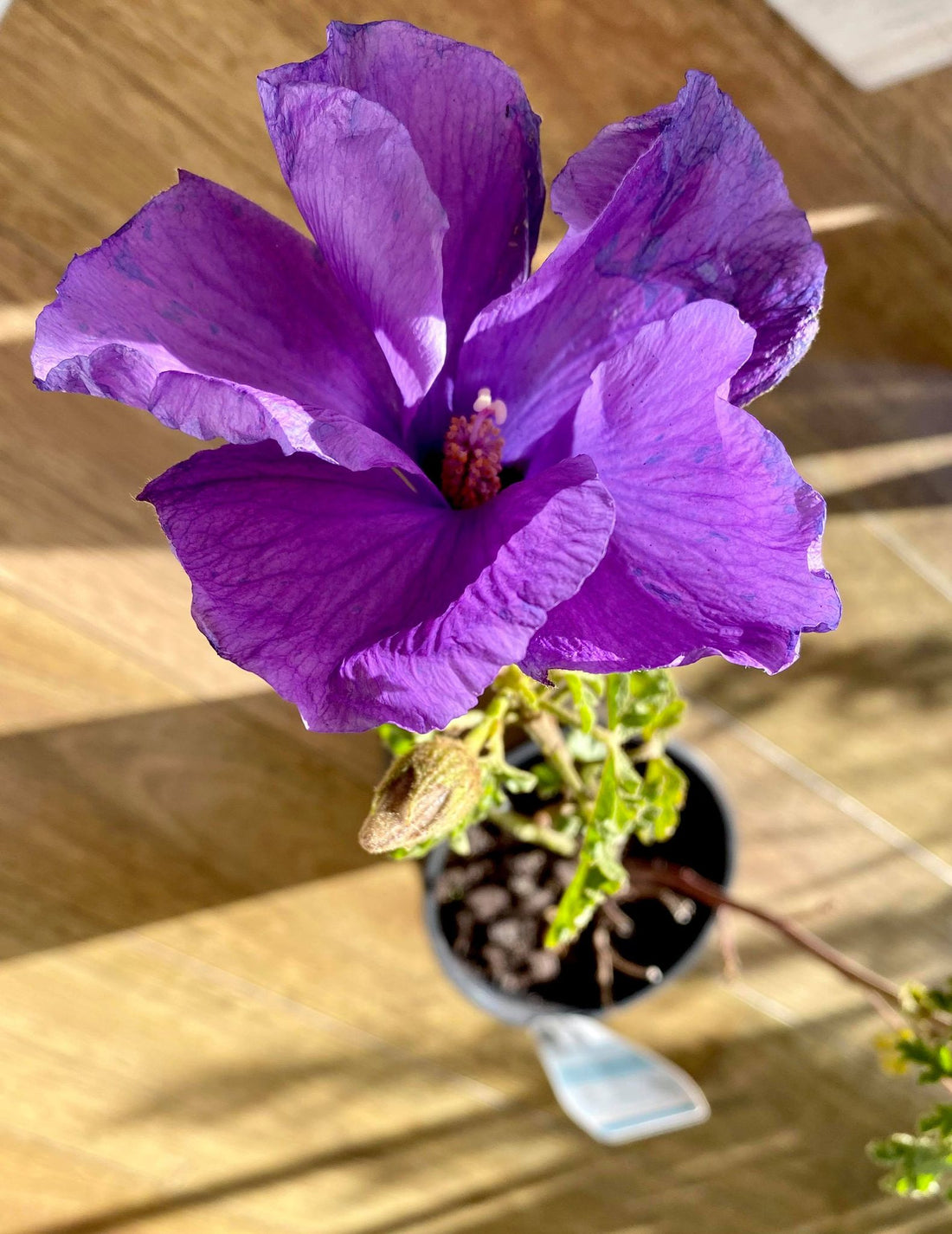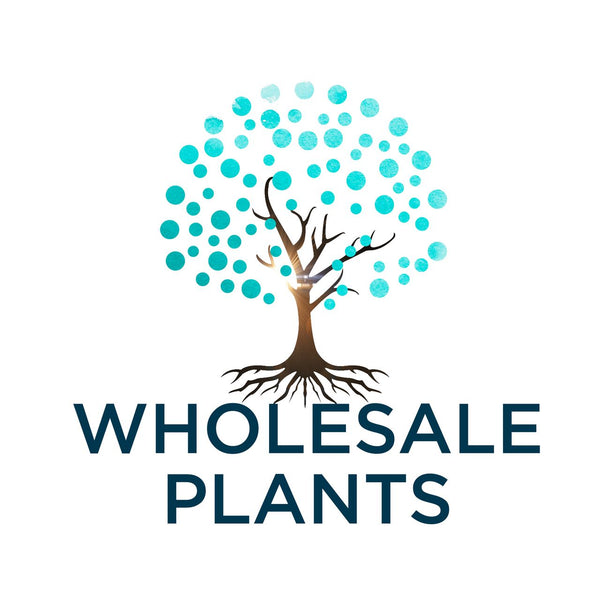
Top Plants for Attracting Bees and Butterflies to Your Garden 2024
Share
Top Plants for Attracting Bees and Butterflies to Your Garden 2024
Last updated 10/09/2024
Bees and butterflies are essential pollinators that help sustain our ecosystems and gardens. Planting the right flowers can attract these beneficial insects, promoting biodiversity and a healthy garden environment. Here’s a guide to the best plants for attracting bees and butterflies. For a variety of pollinator-friendly plants, visit Wholesale Plants.
Best Plants for Attracting Bees
Bees are drawn to plants that offer abundant nectar and pollen.
Top Bee-Friendly Plants 1. Lavender
- Description: Aromatic with purple flowers that bees love.
- Care Tips: Needs full sun and well-drained soil.
2. Salvia
- Description: Long-blooming flowers in various colors.
- Care Tips: Prefers full sun to partial shade and well-drained soil.
3. Sunflowers (Helianthus)
- Description: Large, bright flowers that provide ample nectar and pollen.
- Care Tips: Thrives in full sun and well-drained soil.
4. Bottlebrush (Callistemon)
- Description: Native Australian shrub with bright red, brush-like flowers.
- Care Tips: Requires full sun and tolerates a range of soils.
Best Plants for Attracting Butterflies
Butterflies seek out nectar-rich flowers and prefer bright, colorful blooms.
Top Butterfly-Friendly Plants 1. Buddleia (Butterfly Bush)
- Description: Known as the butterfly bush for its ability to attract numerous butterflies.
- Care Tips: Needs full sun and well-drained soil.
2. Milkweed (Asclepias)
- Description: The primary host plant for monarch butterflies.
- Care Tips: Prefers full sun and well-drained soil.
3. Pentas
- Description: Produces clusters of star-shaped flowers in vibrant colors.
- Care Tips: Needs full sun and regular watering.
4. Verbena
- Description: Low-growing plant with small, fragrant flowers.
- Care Tips: Prefers full sun and well-drained soil.
Creating a Pollinator-Friendly Garden
Designing your garden with pollinators in mind can enhance their habitat.
Diverse Plant Selection
- Native Plants: Use native plants that local bees and butterflies are adapted to.
- Continuous Bloom: Plant species that bloom at different times to provide year-round nectar sources.
Garden Layout
- Groups and Clusters: Plant flowers in groups to make it easier for pollinators to find them.
- Vertical Layers: Include a variety of plant heights and structures to attract different pollinators.
Water Sources
- Shallow Dishes: Place shallow dishes with water and pebbles to provide drinking spots for butterflies.
- Mud Puddling: Create small mud puddles for butterflies to obtain minerals and moisture.
Care and Maintenance
Maintaining a pollinator-friendly garden requires regular attention and care.
Eco-Friendly Practices
- Organic Gardening: Avoid chemical pesticides and herbicides that harm pollinators.
- Composting: Use compost to enrich the soil and promote healthy plant growth.
Regular Monitoring
- Plant Health: Check plants regularly for signs of disease or pests.
- Weeding: Remove invasive species that compete with pollinator plants.
Seasonal Tasks
- Spring: Plant new pollinator-friendly species and refresh mulch.
- Fall: Leave some areas undisturbed to provide overwintering sites for insects.
Conclusion
Attracting bees and butterflies to your garden supports pollination, enhances biodiversity, and brings vibrant life to your outdoor space. By choosing the right plants and creating a welcoming environment, you can enjoy the beauty and benefits of a pollinator-friendly garden. For a wide selection of bee and butterfly-attracting plants, visit Wholesale Plants.
